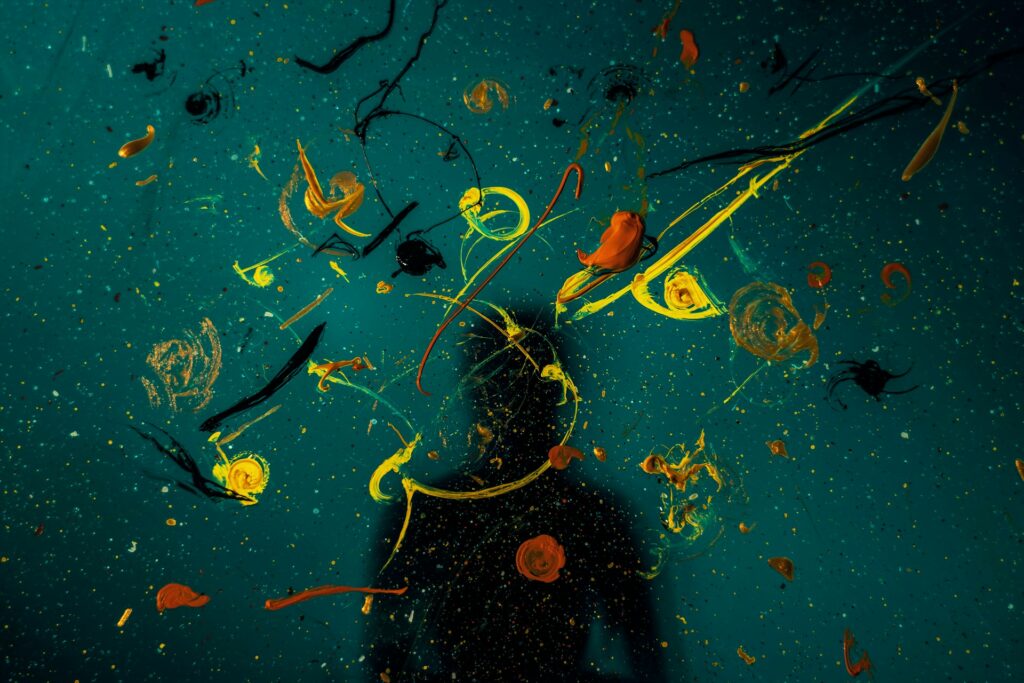
Openness to Experience Shapes Creativity and Innovation
How Curiosity and Imagination Inspire Original Thinking
ad
1. Introduction
Openness to experience is one of the most intriguing traits in the “Big Five” personality model. It reflects creativity, intellectual curiosity, and a willingness to embrace new ideas and unconventional paths.
When someone is high in openness, they tend to see possibilities where others see obstacles. They thrive on novel experiences and often produce original, outside-the-box solutions.
In this article, we will explore how openness to experience fuels creativity and innovation, looking at real-world examples and scientific findings that highlight its powerful role in creating new ideas.
2. Understanding Openness to Experience
Openness to experience describes people who are imaginative, curious, and eager to explore unfamiliar concepts.
Highly open individuals tend to enjoy diverse forms of art, literature, and even scientific inquiry.
This broad range of interests allows them to make connections across domains that others may overlook.
According to research published in Scientific Reports, openness is the most significant predictor of creative achievement across different domains .
Example: Steve Jobs was known for his relentless curiosity — drawing inspiration from art, calligraphy, and technology to shape Apple’s most innovative products.
3. Curiosity Drives Discovery
Curiosity is a central feature of openness and a key driver of creativity.
Curious individuals often ask questions like, “Why?” or “What if?” — leading to new ideas and inventions.
Neuroscientific research from Frontiers in Psychology suggests that intellectual curiosity enhances brain activity in areas associated with exploration and imagination .
Example: Marie Curie’s openness to exploring radioactivity changed the landscape of physics and medicine forever, proving how powerful deep curiosity can be in pushing the boundaries of innovation.
“Imagination is more important than knowledge”
Albert Einstein
ad
4. Imagination as a Creative Force
Imagination allows people high in openness to visualize new possibilities before they exist.
Open-minded thinkers often excel at imaginative problem-solving — seeing new solutions where others may see dead ends.
Pixar’s co-founder Ed Catmull noted, “Imagination is the most powerful force that shapes creativity.”
Research published in Personality and Individual Differences supports this, showing that people who score high on openness generate more original and flexible solutions to complex problems.
Example: NASA’s engineers routinely brainstorm far-fetched ideas (such as reusable rockets and Mars rovers) precisely because their culture promotes openness and imagination.
5. Learning From New Experiences
Openness is also closely linked to a strong desire for diverse experiences.
Exposure to new cultures, arts, and even cuisines broadens a person’s thought patterns.
Travelers who embrace different cultures often return home with richer, more creative viewpoints.
A report from Psychology Today emphasized that new experiences can expand creative thinking by breaking familiar thought patterns and encouraging innovation .
Example: Writers like Ernest Hemingway and Anthony Bourdain traveled extensively, and their openness to new experiences shaped their distinctive storytelling styles.
6. Cultivating Openness for Greater Innovation
The good news is that openness can be cultivated to spark creativity and innovation.
Practicing mindfulness, reading widely across diverse subjects, and seeking conversations with people who hold different views all help grow this trait.
Teams with open-minded leaders also encourage experimentation and allow wild ideas to flourish into breakthroughs.
According to the Harvard Business Review, diverse teams where everyone is encouraged to contribute novel thoughts tend to outperform less open teams.
Example: Google’s famous “20% time” policy enabled engineers to explore personal ideas, eventually creating innovations like Gmail and Google News — a direct result of valuing openness and imagination.
ad
7. Conclusion
Openness to experience is a powerful engine for creativity and innovation. Curiosity, imagination, and a willingness to embrace new ideas allow people to recognize opportunities and craft novel solutions that drive progress.
Whether you’re an individual pursuing personal growth or a leader hoping to cultivate a culture of innovation, embracing openness can help unlock new paths toward success.
8. References / Further Reading
Openness as a predictor of creative achievement
https://www.nature.com/articles/s41598-021-90810-x
Curiosity and brain activity associated with creativity
https://www.frontiersin.org/articles/10.3389/fpsyg.2020.555527/full
Openness and imaginative thinking
https://www.sciencedirect.com/science/article/abs/pii/S0191886921002326
The role of new experiences in creativity
https://www.psychologytoday.com/us/articles/201303/the-creative-personality
Diverse teams and innovation
https://hbr.org/2017/03/why-diverse-teams-are-smarter
McCrae, R. & Costa, P. (1997). Openness to Experience in the Five-Factor Model of Personality. Journal of Personality.
Kaufman, S. (2013). Imagination and Creativity: The Neuroscience of the Creative Mind. Psychology Today.
Share via: